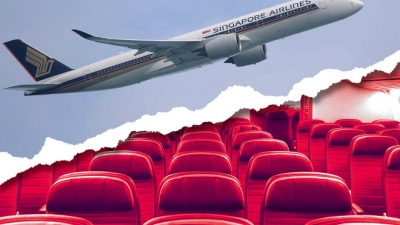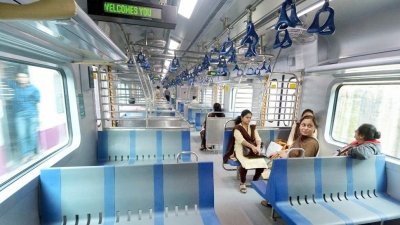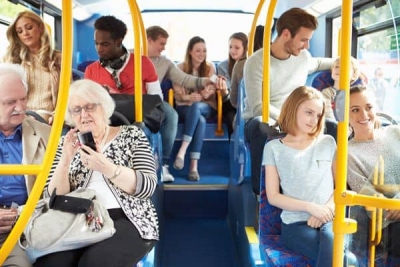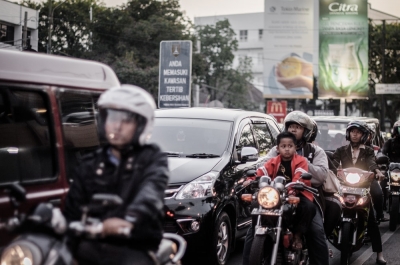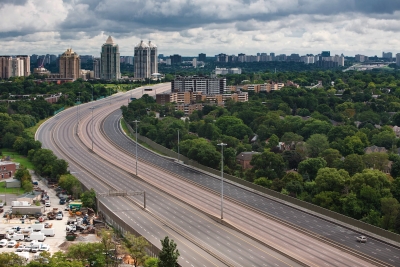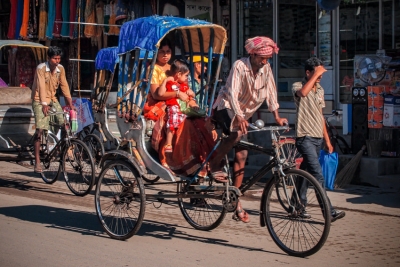What is an Airport?
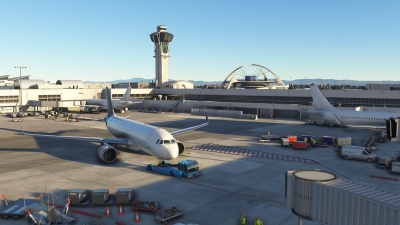
The day has finally arrived! You are at the airport and about to board the plane that will take you on your dream holiday. There are many things you need to do at the airport before takeoff.
At the check-in counter, an airline worker checks you in, tells you which seat is yours, and gives you a boarding pass. Your luggage is put onto a moving belt. It carries your suitcase through rubber flaps in the wall to large bins that are wheeled to the plane. You are told which departure gate your plane will leave from.
At the security check, you and other travellers may also pass through a gate that has special machines. The machines make sure nobody is carrying anything dangerous.
At the departure gate, another airline worker takes your boarding pass. You are ready to board the plane.
You may have to walk through a tunnel or upstairs to get to the plane. When you enter the plane, a flight attendant helps you find your seat. There is a bin above your head in which to put your coats, small bags, or toys. Of course, you fasten your seat belt!
Suddenly the plane’s engines roar to life. The plane is moving! Slowly, at first, then faster and faster down a long paved path called a runway. Finally, you’re up in air! Sit back and enjoy the ride.
Picture Credit : Google
